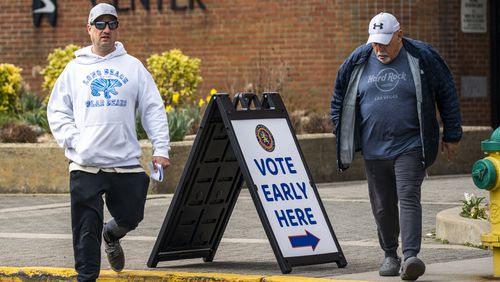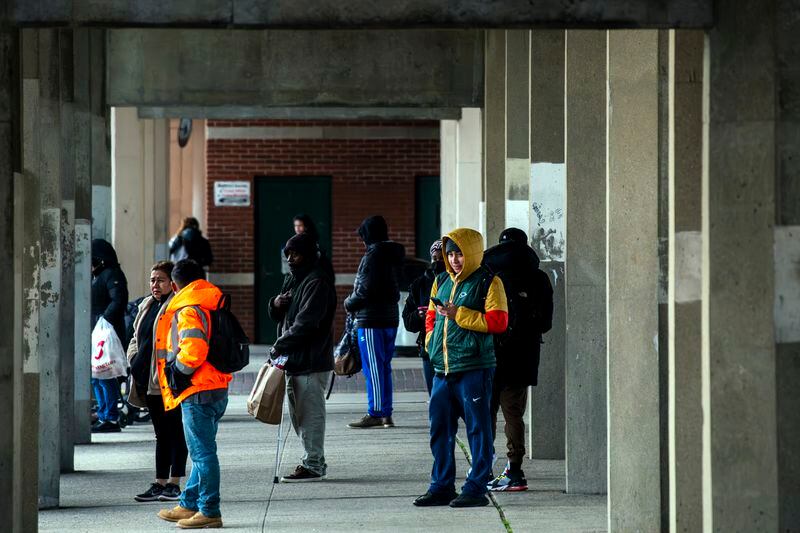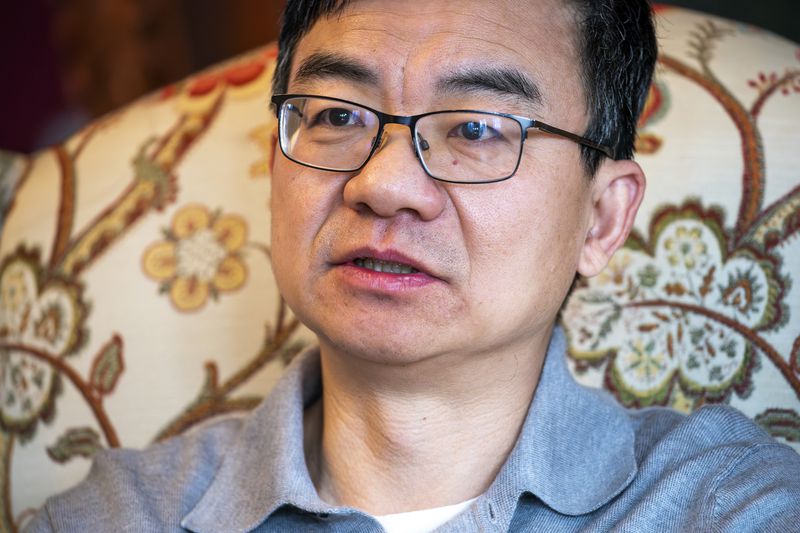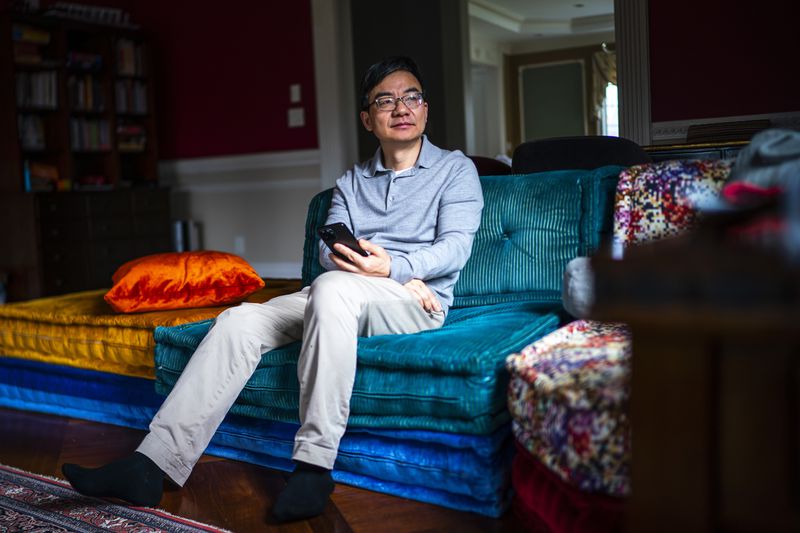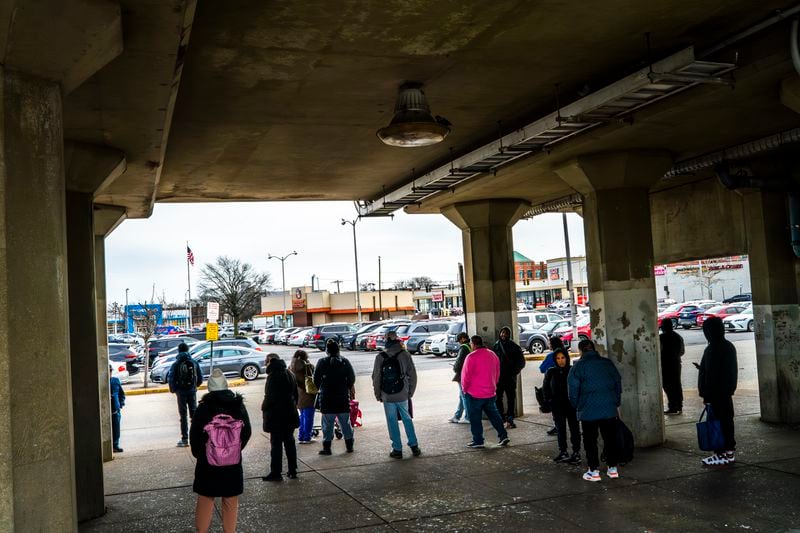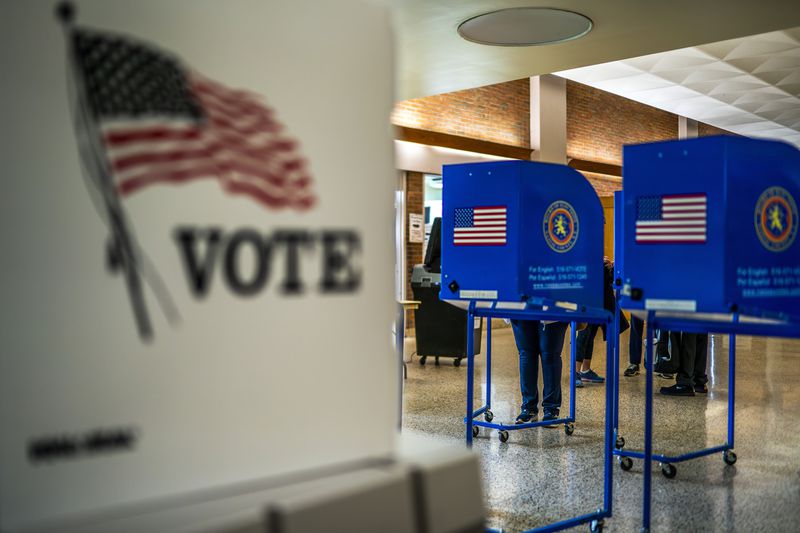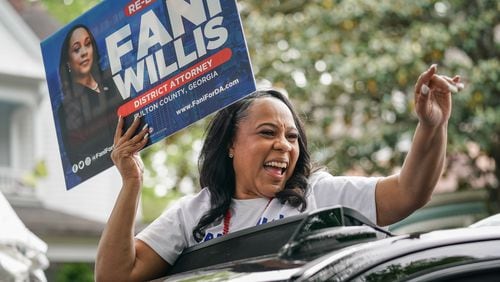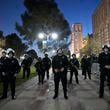FREEPORT, N.Y. (AP) — Weihua Yan had seen dramatic demographic changes since moving to Long Island's Nassau County.
Its Asian American population alone had grown by 60% since the 2010 census. Why then, he wondered, did he not see anyone who looked like him on the county's local governing body, the 19-member Nassau County Legislature?
Last year, he decided to do something about it and ran for one of the seats. He pulled together a campaign team that knocked on 10,000 doors and developed what they believed would be a solid strategy — focusing on their potential base: white Democrats and people of color, especially Asian voters.
The strategy worked to drive voter turnout, but it didn't help Yan win. His bid to become the first Asian American on the county's governing body fell short, and he thinks he knows why.
Minority residents and voter advocates blame a redistricting process overseen by the county Legislature, which has a Republican majority. They say the county political map drawn after the 2020 census was done to mostly preserve the existing power structure, and in doing so prevented minority voters from electing a board that was more representative of the area's burgeoning diversity.
The county is now facing a lawsuit over those maps. Four Latino residents and a local civil rights organization sued the Legislature earlier this year, claiming it manipulated the mapmaking process to dilute the influence of the county's Black, Latino and Asian communities. Whites are just 56% of the county's nearly 1.4 million people but comprise nearly 80% of its governing body.
Yan isn’t part of the lawsuit, but said he supports its goal.
“When I look at Nassau County, there’s been an increase in population of Asian communities ever since I moved here 16 years ago,” he said. “However, there was not a single elected office held in Nassau County by Asian Americans. So for me, we really have to make sure that we have our own true representation.”
The action against Nassau County is one of at least four lawsuits that have been filed under New York's Voting Rights Act, which was enacted two years ago. New York is among at least seven mostly Democratic-controlled states that took action to protect voting rights after lawmakers became frustrated by the tide of new voting restrictions in many Republican-led states after the 2020 election and the failure of voting rights legislation in Congress.
The lawsuits, which include challenges filed against Mount Pleasant, Cheektowaga and Newburgh, help dispel a longstanding narrative that racial voting discrimination happens only in the South or in deeply Republican states.
“New York is not immune from racial inequity and racial vote dilution simply because it may tend to vote more in a progressive way than Southern states,” said Perry Grossman, who is director of voting rights at the New York Civil Liberties Union and helped write the new state law.
Under the federal Voting Rights Act, some states and local governments were required to get approval in advance from the U.S. Department of Justice before making voting-related changes because of their history of discrimination. That practice, known as preclearance, was effectively ended by a 2013 Supreme Court ruling.
Although Nassau County wasn't subject to the preclearance provision, it had a history of racial segregation since the early 1900s, especially related to housing and policing, according to the lawsuit. The Ku Klux Klan held rallies and burned crosses throughout Nassau County in the 1920s.
Drastic differences remain today between communities that are affluent and mostly white and ones that are more diverse, said Lucas Sanchez, co-executive director of New York Communities for Change, which is a plaintiff in the Nassau County lawsuit.
“Long Island is a place that was built on the principle of exclusion, that was built on the principle of segregation,” he said. “The map, as it stands, keeps us away from the table, denies us seats at the table, and this is why we’re a part of this lawsuit.”
Mary Studdert, spokeswoman for the Nassau County Legislature Republican Majority, said the current map conforms to the law and is a result of public feedback that combines communities of interest.
The lawsuit paints a different picture. It says the map splits minority communities or combines them with others that are starkly different, diluting the political power of their voters.
The lawsuit cites the village of Freeport, which is nearly 44% Latino and 32% Black. Under the county's map, part of the village was folded into a district that includes Merrick, which is predominantly white. The district's representative more than likely will always be someone from Merrick, said Maria Jordan-Awalom, a plaintiff who is Latina and a Freeport resident.
She said a dearth of parks and poor roads is one way to distinguish Freeport from Merrick. She also referenced a local Black Lives Matter protest in 2020 as an example of the towns' differences. She and at least 100 demonstrators marched along what she called an imaginary wall between Freeport and Merrick. Local media reported on a public outcry from Merrick residents, some telling the protesters to "go back West" to Freeport.
“We’re not connected in any way,” said Jordan-Awalom, who also is president of the Freeport School Board. “For the decision-makers to make this choice, to connect us and lump us with this community that doesn’t even want to be a part of our community and doesn’t want to have any relationship with us as residents, it’s just mind-boggling.”
The village of New Hyde Park, which also was mentioned in the lawsuit, provides another example showing how the redistricting process has diluted the voting power of minority communities.
Nearly a third of its residents are Asian, but it was stripped from the district where Yan lives during the latest round of map-drawing. Added instead was Manhasset, which is overwhelmingly white. Yan plans to run again, but the district's boundaries don’t seem to give him a successful route, advocates said.
“I don't want this opportunity to pass because, win or lose, I've always wanted to make sure that Asian Americans have the right representation,” Yan said. “Without people representing us, we don’t have a voice at the table.”
Redistricting experts expect more lawsuits under the new state voting rights acts, especially if current litigation succeeds. But Grossman, of the Civil Liberties Union, hopes the challenges become more of a lesson that pushes jurisdictions to focus on improving parks, libraries, schools and other amenities in minority communities.
“My hope is that what these initial cases do is provide the foundation for a lot more collaborative resolution because my strong preference is not to see taxpayer money going to litigation,” he said. “I hope that local governments in New York and elsewhere see state voting rights acts as an opportunity to do better.”
___
The Associated Press' coverage of race and voting receives support from the Jonathan Logan Family Foundation. See more about AP's democracy initiative here. The AP is solely responsible for all content.
Credit: AP
Credit: AP
Credit: AP
Credit: AP
Credit: AP
Credit: AP
Credit: AP
Credit: AP
Credit: AP
Credit: AP
Credit: AP
Credit: AP
Credit: AP
Credit: AP
